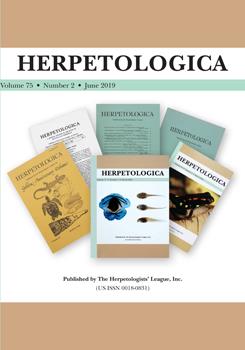Despite large-scale population decline and geographic range contraction, Timber Rattlesnakes (Crotalus horridus) continue to occupy sites across much of eastern North America, including a diversity of habitat types. Here, our objective was to examine the influence of intrinsic and extrinsic factors on the movement and activity range of Timber Rattlesnakes in the Coastal Plain of southeastern Virginia. To do so, we analyzed the movements of 54 radio-implanted snakes over a period of 17 yr, with individuals being tracked for 1–6 yr, amounting to more than 14,000 snake locations. Consistent with previous studies, our results showed strong sexual differences in movements, with average daily and annual movements of males exceeding those of females. Mean annual movements of males were approximately 1.8 times greater than those of females, with a peak in male movements in late summer, associated with mate searching. Similarly, all estimates of activity ranges (using minimum convex polygon and kernel methods) were larger for males, with overall activity ranges approximately three times greater than for females. Gravid females had somewhat smaller movements and activity ranges than nongravid females, with early-season movements of gravid individuals to the birthing site, followed by shorter movements within that site, interpreted as serving a thermoregulatory function. The number of locations and body mass (of males) also appeared as significant factors in some models, although sex was the dominant factor in all models.
How to translate text using browser tools
18 June 2019
Sex, Mass, and Monitoring Effort: Keys to Understanding Spatial Ecology of Timber Rattlesnakes (Crotalus horridus)
Christopher E. Petersen,
Scott M. Goetz,
Michael J. Dreslik,
John D. Kleopfer,
Alan H. Savitzky
ACCESS THE FULL ARTICLE
<
Previous Article
|

Herpetologica
Vol. 75 • No. 2
June 2019
Vol. 75 • No. 2
June 2019
Activity range
coastal plain
movement patterns
radio-telemetry
Viperidae




